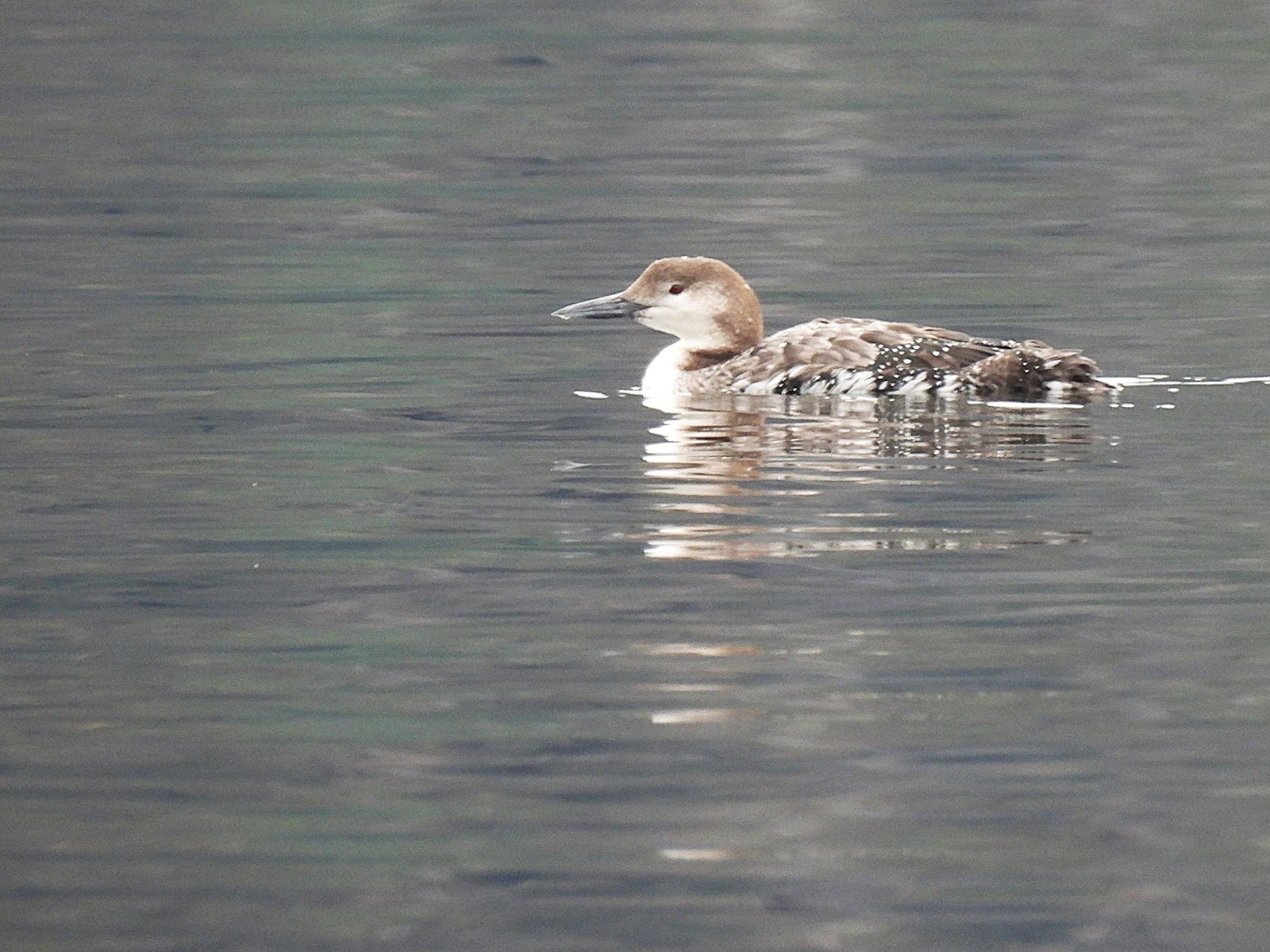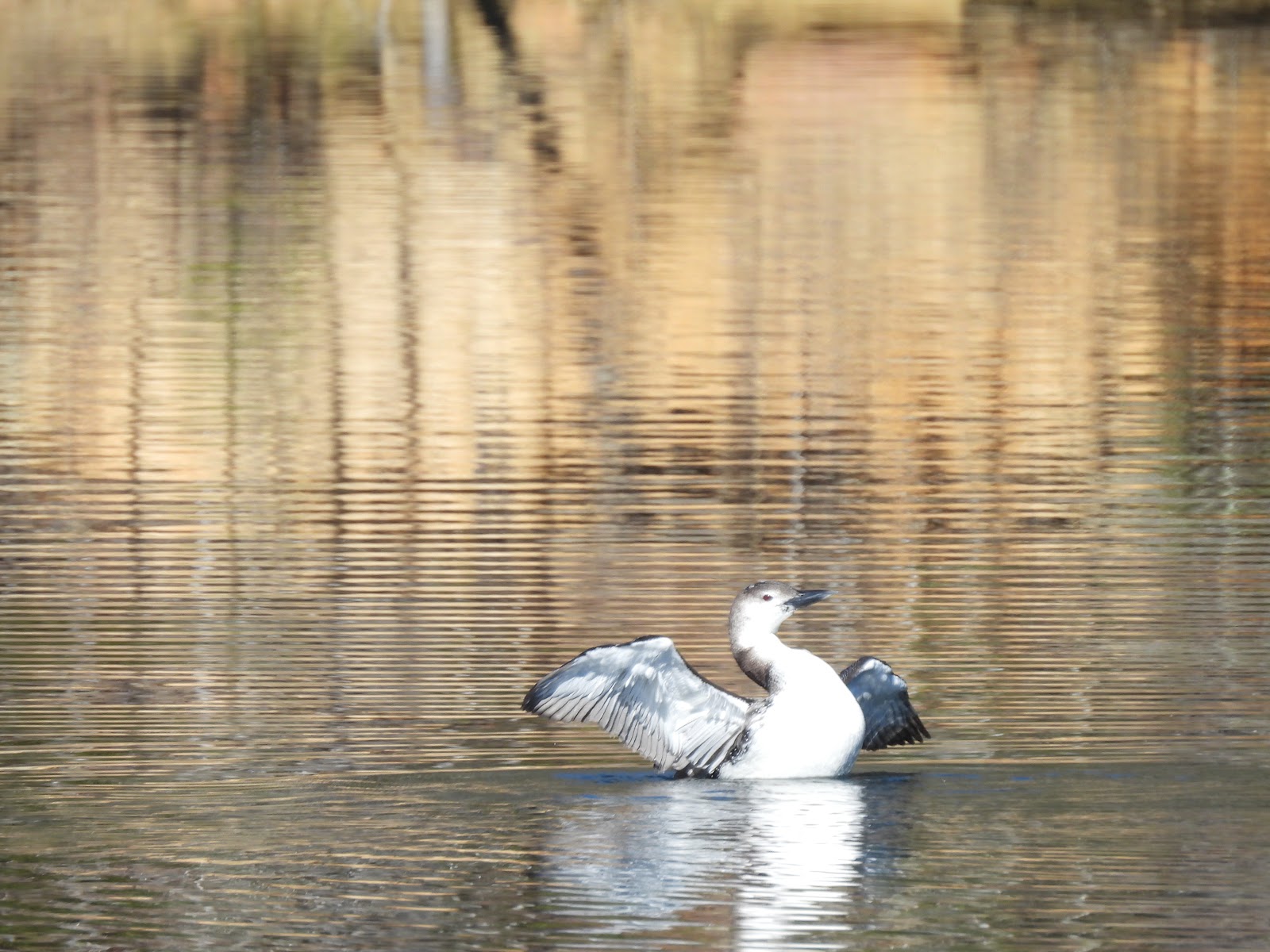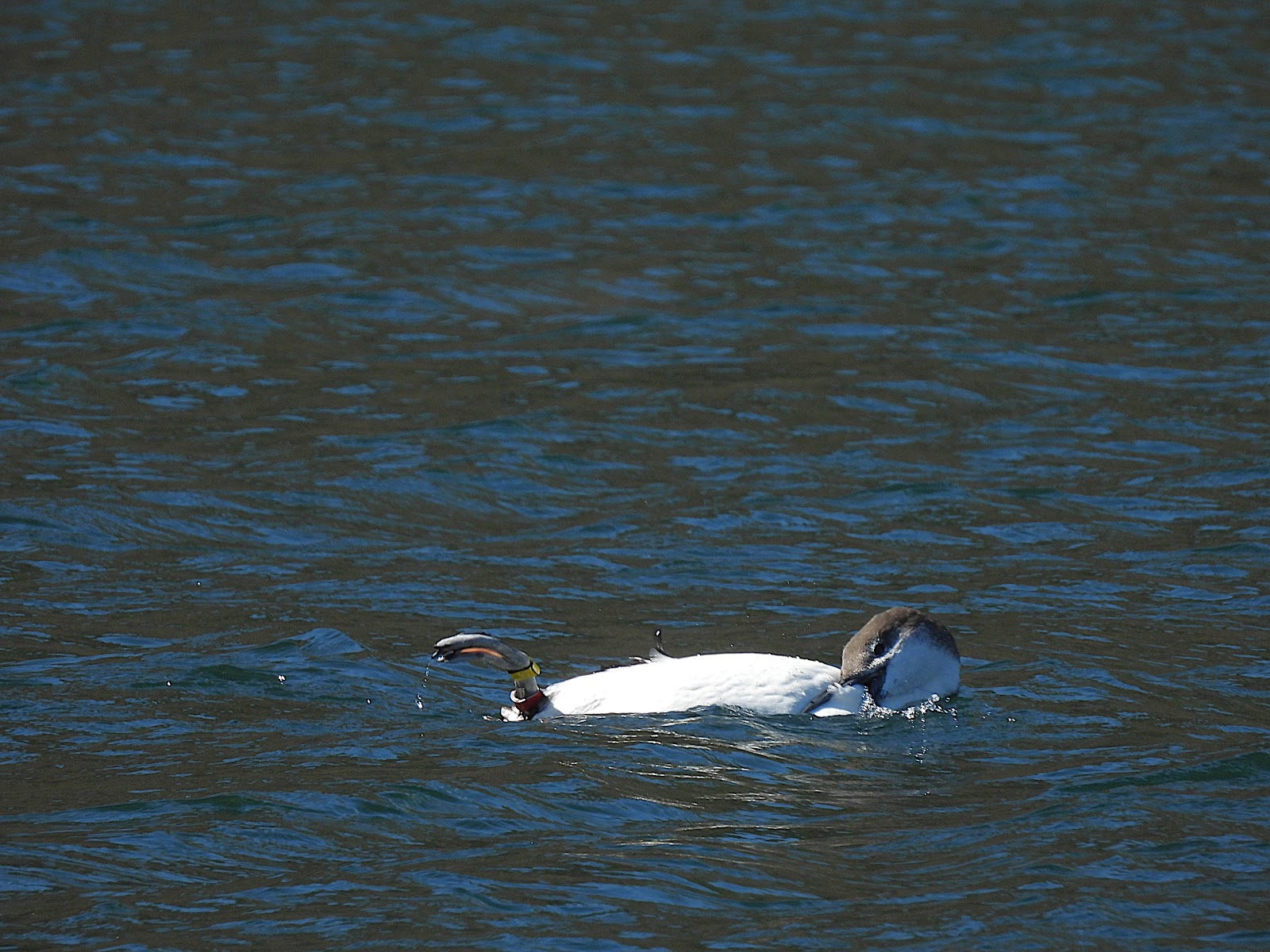Note from Emily Stone: I’m so excited that Heaven has joined our Museum team! Heaven will be guest writing for Natural Connections about once a month. I’m looking forward to following her journey of discovery in the Northwoods!
After moving to a new and exciting place, adventure is always calling. When a friend visiting the Northwoods suggested we go on a night tour of the ice caves on the shore of Lake Superior, I was all in. However, ice conditions on Lake Superior are known to change rapidly, and strong winds can break up the ice, causing dangerous conditions.
Chequamegon Bay is protected from the ever-changing elements of open water, making the ice conditions more predictable and stable than the open lake. Because of this, the ice caves of Chequamegon Bay were accessible to us, while the coveted Apostle Islands Ice Caves have not been accessible since 2015. The protected nature of the bay also means that the Chequamegon ice caves are less dramatic than those of the Apostle Islands, but are still remarkable.
Geared up with snow pants, heavy coats, and headlamps, with toe warmers tucked into our boots, we trudged across the dark, snowy landscape down to the ice-coated Lake Superior, where we met our guide. As our tour group followed down the well-traveled path toward the ice caves, I couldn’t help being amazed at the landscape of Chequamegon Bay. Even lit by headlamp, the icy rock outcrops and vastness of the bay were beautiful.
Our path took us parallel to shelf ice. The large chunks of ice heaped up were a stark reminder of how powerful the wind can be, and how the conditions of the lake are ever changing. Shelf ice is caused by strong winds breaking up sheets of ice and sending them toward the shore. The ice slabs were 10+ inches thick, and as someone who does not venture onto ice often–it was some of the thickest ice I had ever seen.
The different layers of ice glowed bright blue to a cloudy white in the light of my headlamp. White ice forms when snow has melted on top of the frozen lake and refreezes. As a result, the new white ice is full of air bubbles and made up of smaller crystals, making it half as strong as clear ice. Blue ice forms on calm water that allows large ice crystals to form with relatively few air bubbles, and is the strongest type of ice. I was glad for the large layer of luminous blue ice.
The first ice cave was a wonder to behold. Crouching low, we shuffled into the crack that was the cave entrance. The light from our headlamps danced across the cave walls and highlighted the mass of clear ice that extended from the ceiling to the surface of the lake. As other tour guests took pictures with the glowing ice, I was marveling at the cave formation. Sitting under a low-hanging section of the cave, I began to think about how these caves along Chequamegon Bay are formed.
These sandstones are the youngest of the rocks along the Chequamegon Bay. They were formed by streams that flowed from the surrounding highlands into small lakes, depositing sediment. The sediments left behind by these ancient waterways turned into the sandstones we see today.
The cave I was sitting in was shaped by the relentless force of waves slowly eroding away at the rocky cliff face over thousands of years. With each slap of a wave, the caves are changing. Ice also plays a role in eroding the cliffs.
One cliff in particular was covered in a very impressive frozen waterfall seemingly made up of hundreds of glistening white icicles all melded into one. The gigantic ice formation was a natural work of art.
Upon first glance, I thought the ice originated from the top of the cliff. However, the more I looked, I realized that the ice was not only from the top, but was bursting out of the rockface. These icy formations are created by groundwater seeping through the cracks in the stone, and icicles forming in contact with the frigid air.
These beautiful ice formations play a large part in sculpting the lakeshore. Each time ice forms in the cracks and pores of the sandstone cliffs, it contributes to the process of erosion. Ice in the pores of the rock slowly erodes the cliff face, grain by grain. Ice that forms in the cracks of the cliff expands and makes the rock face more and more unstable. Eventually, the sandstone cliff face crashes down into the depths of Lake Superior, revealing a brand-new canvas of rock.
As our tour came to an end, I took one last look around Chequamegon Bay. Lit by the light of the moon, the bay was still alluring. After spending a few hours looking at the ice formations and caves, I knew I would be back again. With the changing nature of Lake Superior's shoreline and the changing of the seasons, there will always be something new to discover.
For more than 50 years, the Cable Natural History Museum has served to connect you to the Northwoods. Our Summer Calendar will open for registration on April 1! The Museum is closed for construction until May 1. Follow us on Facebook, Instagram, YouTube, and cablemuseum.org to see what we are up to.





















